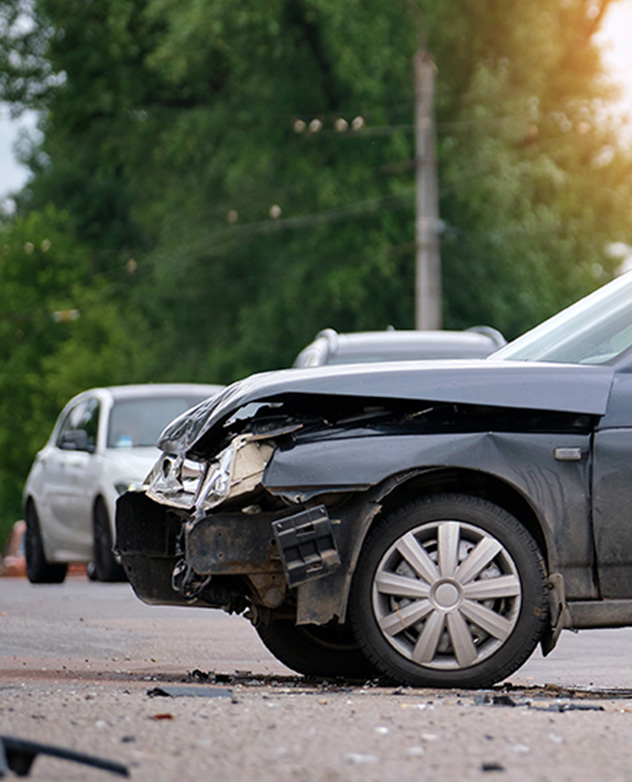When you’re involved in a car accident in California, it’s natural to feel overwhelmed and unsure about what to do next. However, it’s vital to stay calm and act knowledgeably to protect your rights and ensure your well-being. Here’s a step-by-step guide to help you know exactly what to do if you find yourself in this situation.
We recommend following each of these steps to ensure your safety and that of others, and to secure appropriate compensation in case of injuries or damages:
The 7 steps to follow after a car accident
1. If there are injuries, call emergency services
The first thing you should do after a car accident is check for injuries. If you or anyone else is hurt, call 911 immediately. Even if the injuries seem minor, don’t ignore them. Sometimes, the effects of an accident aren’t felt right away. Stay in a safe place, avoid traffic, and prioritize your health.
2. Do not leave the scene of the accident
Leaving the scene of an accident can have serious legal consequences, especially if there are injuries or fatalities. If there’s only property damage, exchange information with the other driver before leaving. If the at-fault driver flees, getting compensation can be complicated. In that case, your uninsured motorist coverage (if you have it) can help.
If there are no serious injuries, move your car to a safe spot to avoid blocking traffic. If there are serious injuries, do not move the vehicle and use visible signals, such as a white cloth or flares, to alert other drivers.
3. Exchange insurance information and take notes of what happened
Always carry your registration and insurance information. Ask the other driver to do the same and take photos of their documents, including their driver’s license. If there are witnesses, get their contact information.
Avoid making statements that could be used against you. Write down all the details of the accident: location, vehicle damages, and any other relevant information.
4. Take photos and videos
Document everything: vehicle damages, injuries, and any evidence that could be useful later. If you can’t do it yourself, ask someone to help. Even if the police don’t arrive at the scene, make sure to capture images of the material damages. If you need medical attention, take photos of your injuries or ask someone to do it for you.
5. Be careful with what you say
Do not admit fault or make assumptions about the causes of the accident without a proper investigation. If you’re unsure about your injuries, wait to be evaluated by a doctor before commenting. Describe any pain or symptoms in detail, as injuries can vary in severity and type.
6. Seek medical attention
Unless you’re absolutely sure you’re not injured, go to a hospital or urgent care clinic as soon as possible. Some injuries don’t show symptoms until days or even weeks after the accident. Delaying medical attention can give the insurance company a reason to deny your compensation claim.
Follow your doctor’s recommendations carefully. If they suggest a follow-up consultation, physical therapy, or chiropractic care, don’t ignore it.
7. Consider hiring a lawyer
After an accident, having legal support can be crucial. Medical bills and other expenses can be overwhelming, and insurance companies don’t always offer fair compensation. A lawyer will guide you and protect your rights.
Protect Yourself from a car accident – Call DFG Law Today!
If you’ve been in an accident and don’t know what your rights are, let’s talk. At DFG Law, we specialize in helping injury victims get the compensation they deserve.
📞 Call us now at (888) 341-4562 for a FREE consultation or throught this link.
Don’t wait until it’s too late. Get covered, stay safe, and know your rights. If you’re already in a tough spot, we’re here to fight for you.
🚗 DFG Law – Protecting California Drivers, One Case at a Time. 🚗



